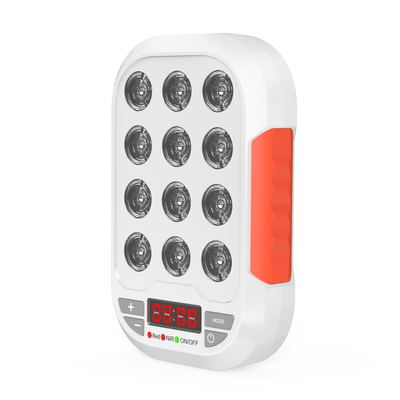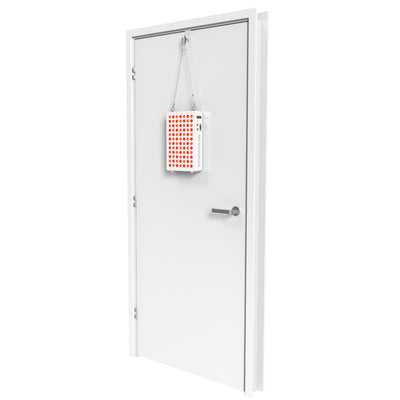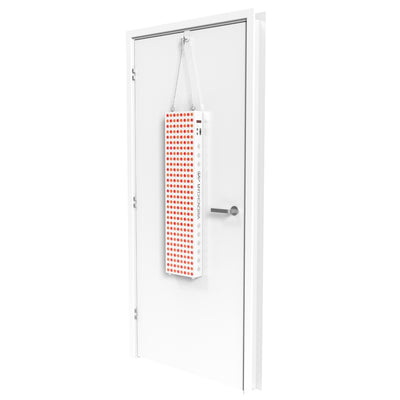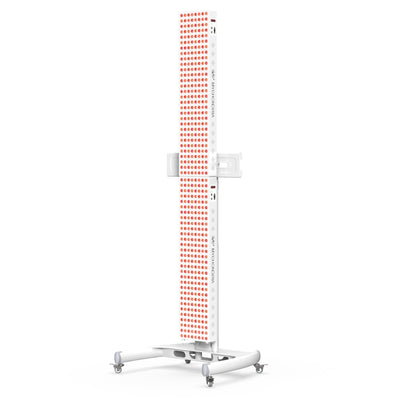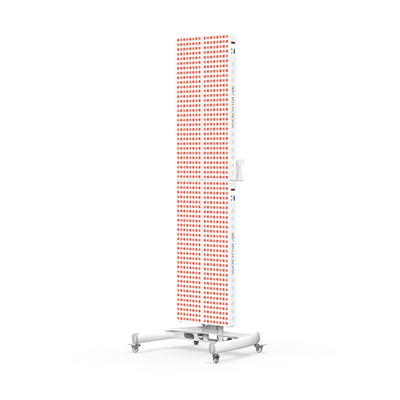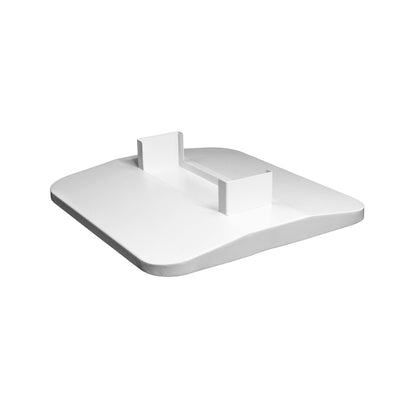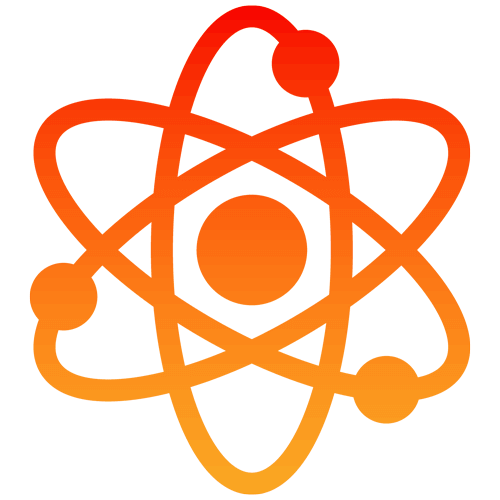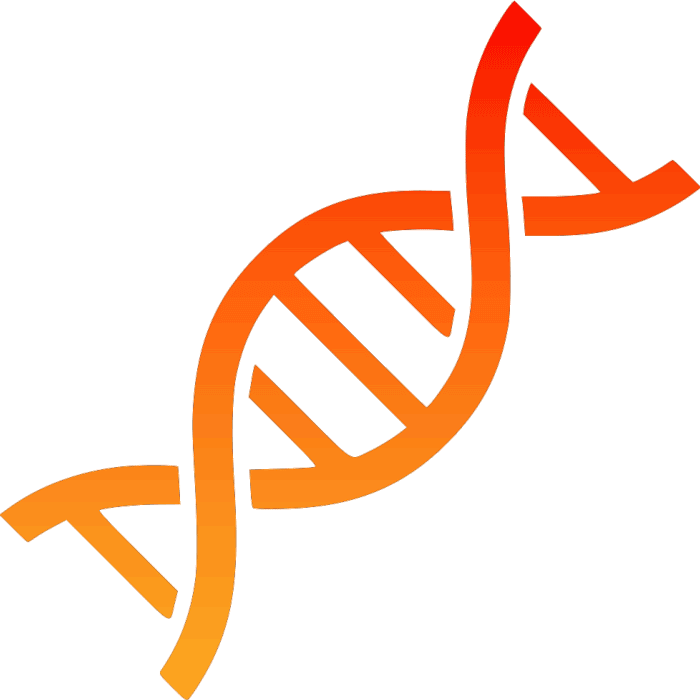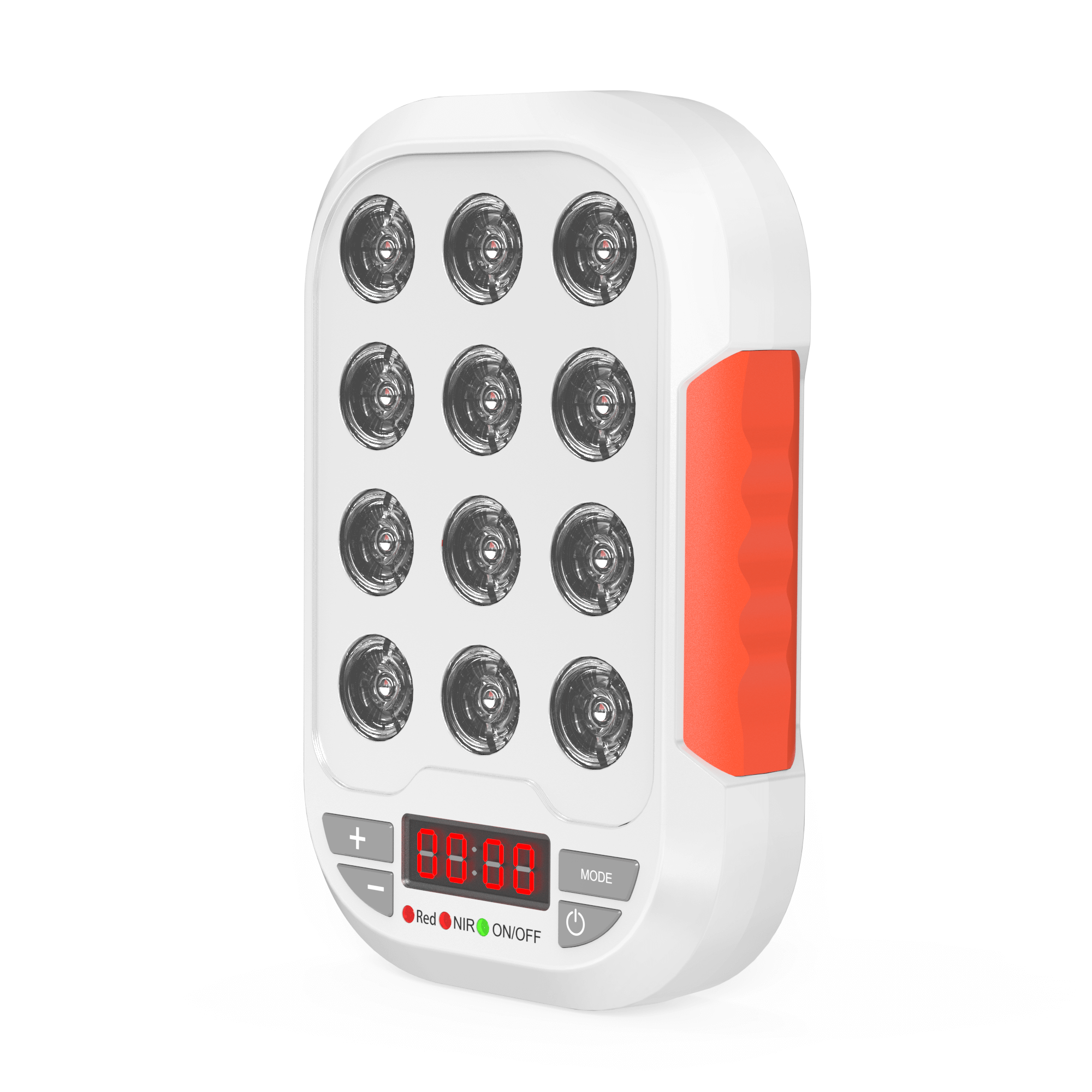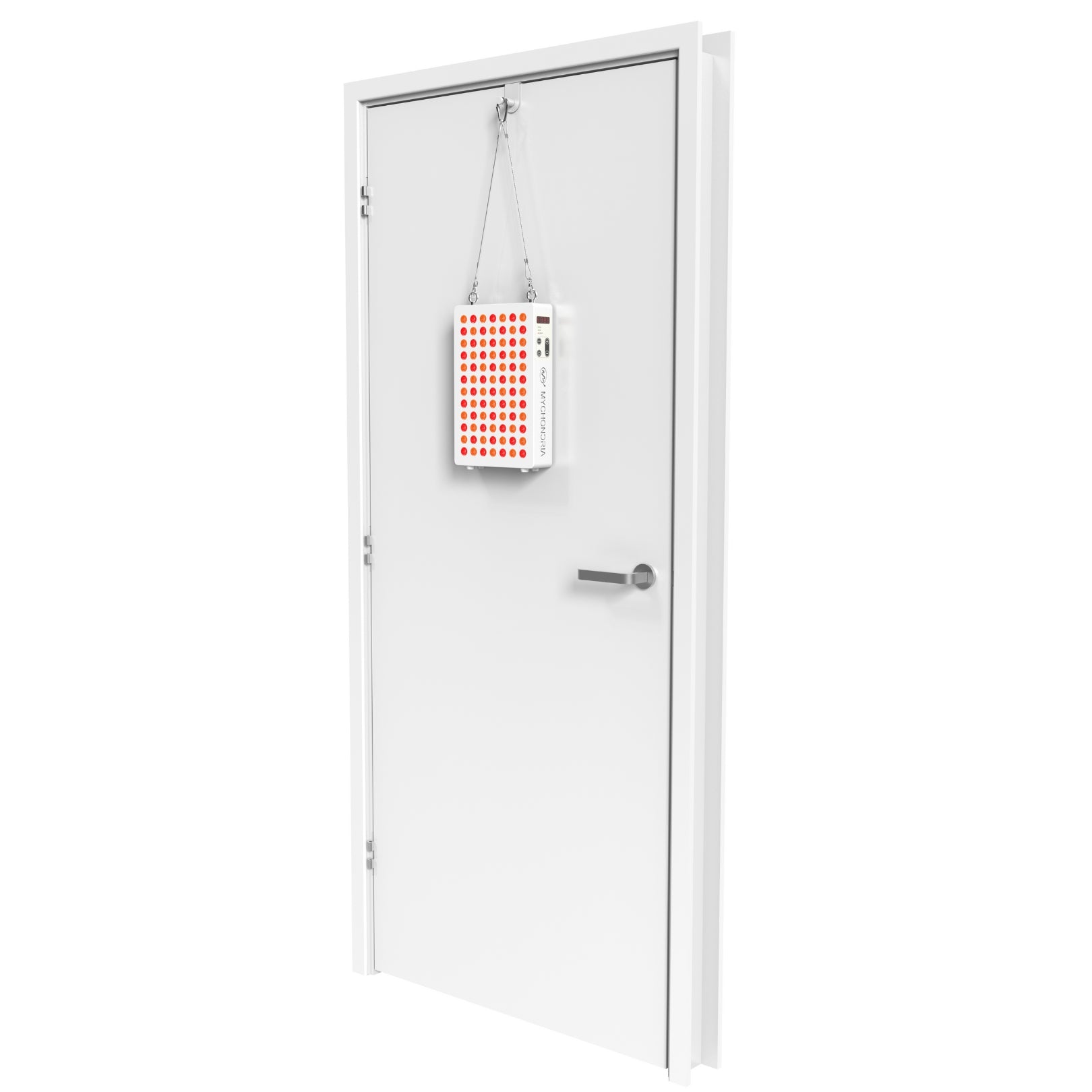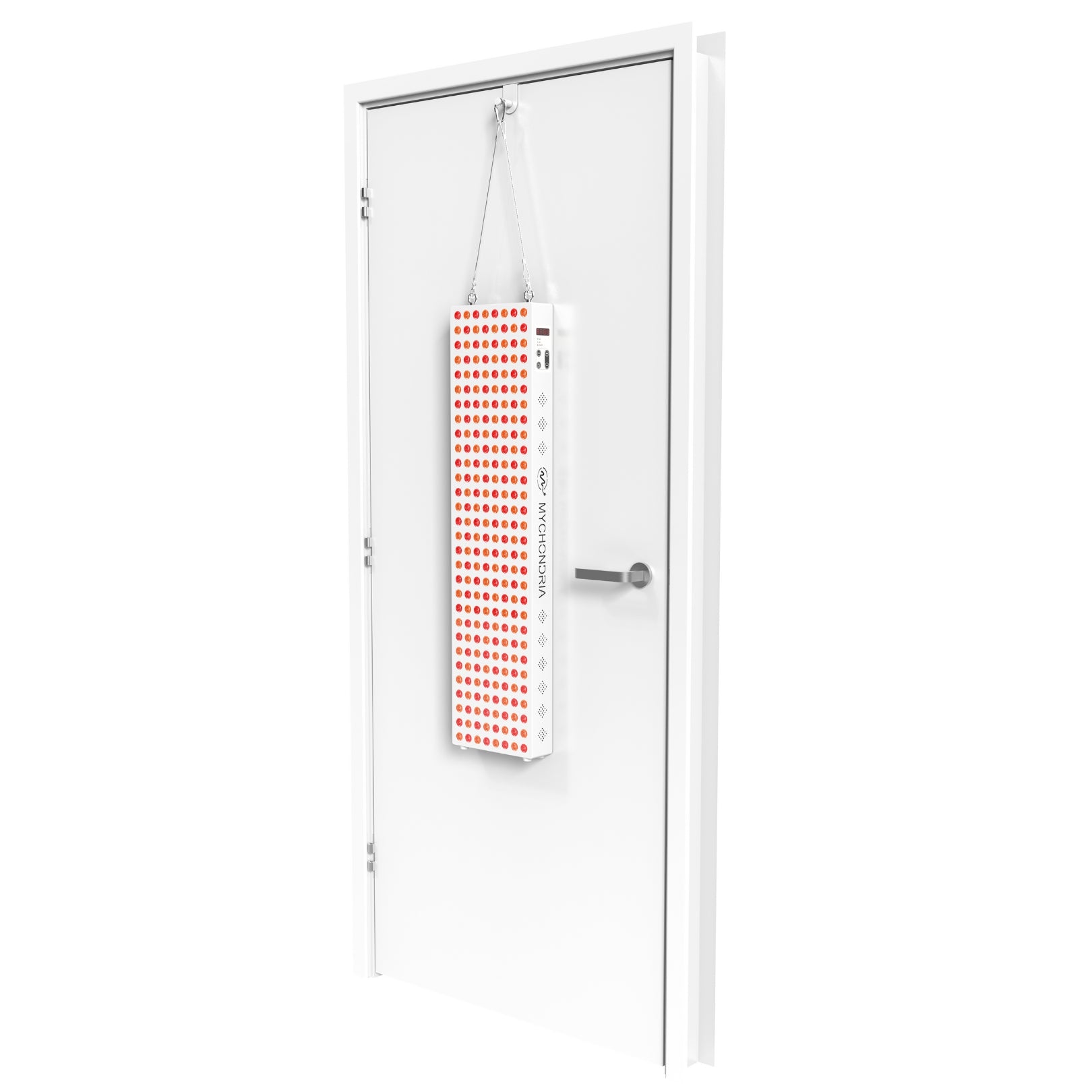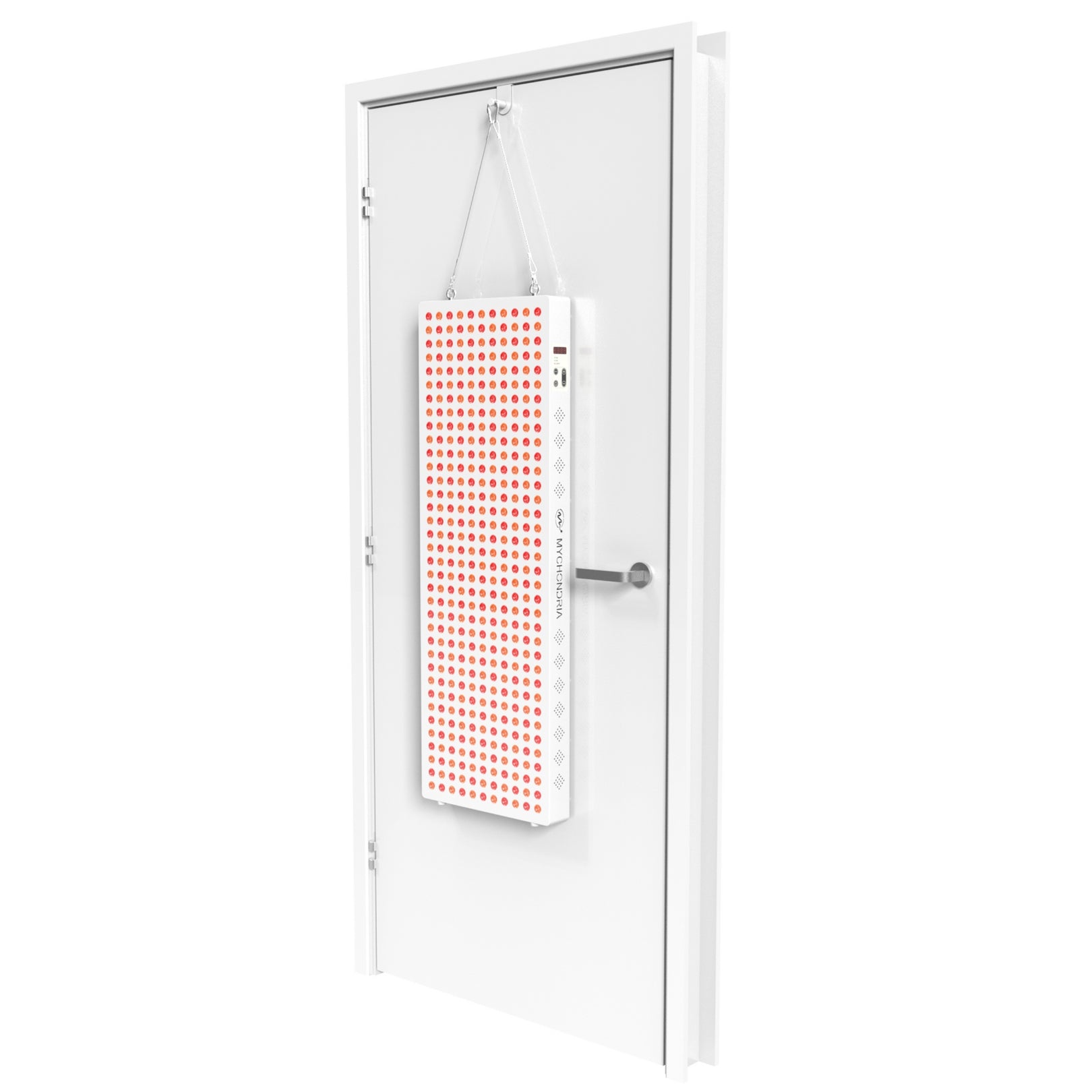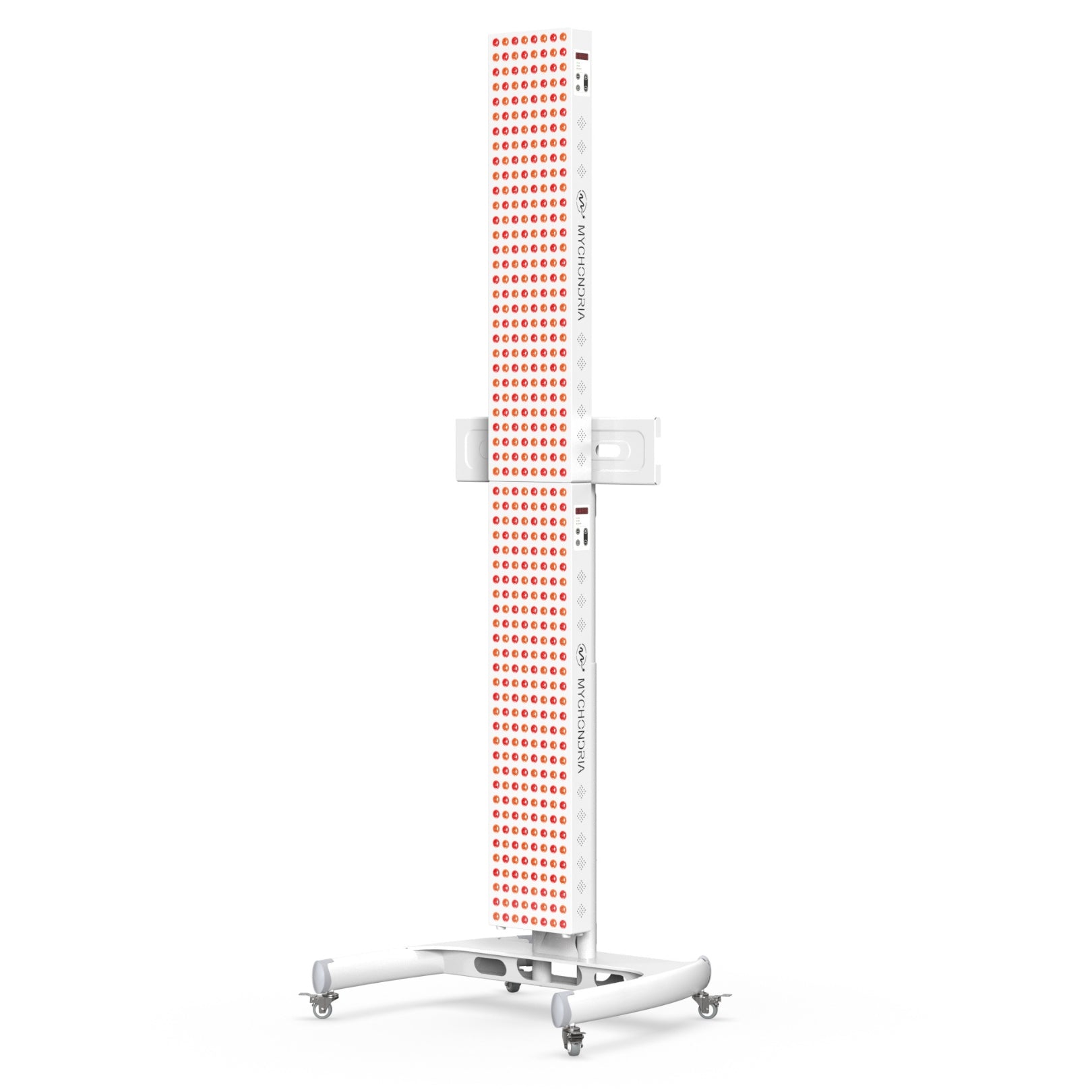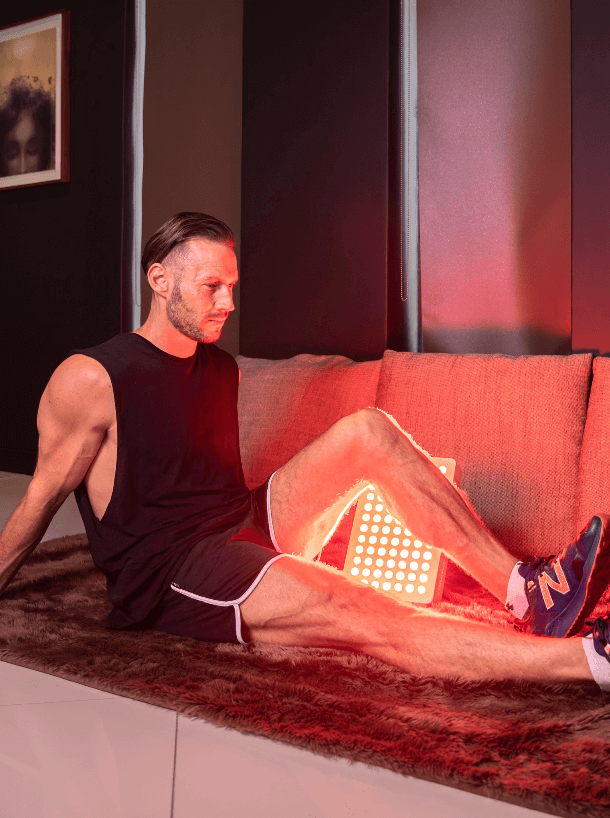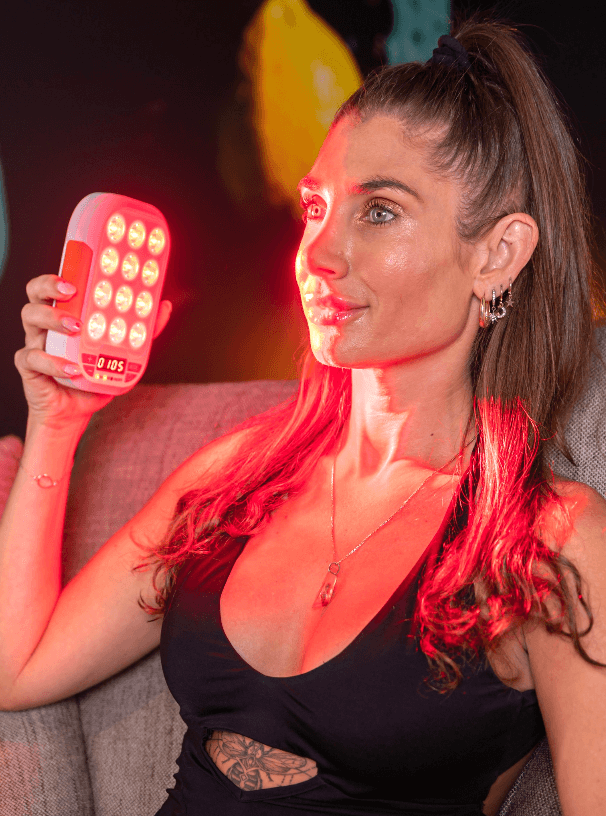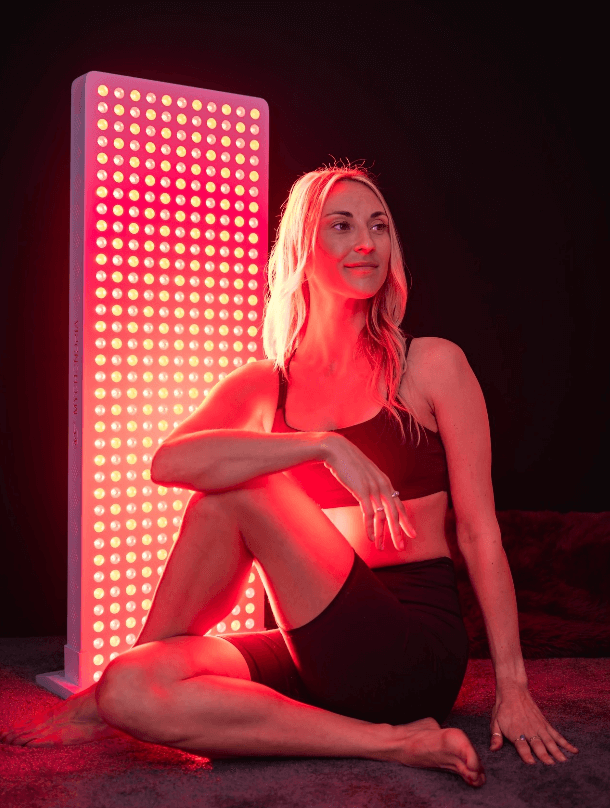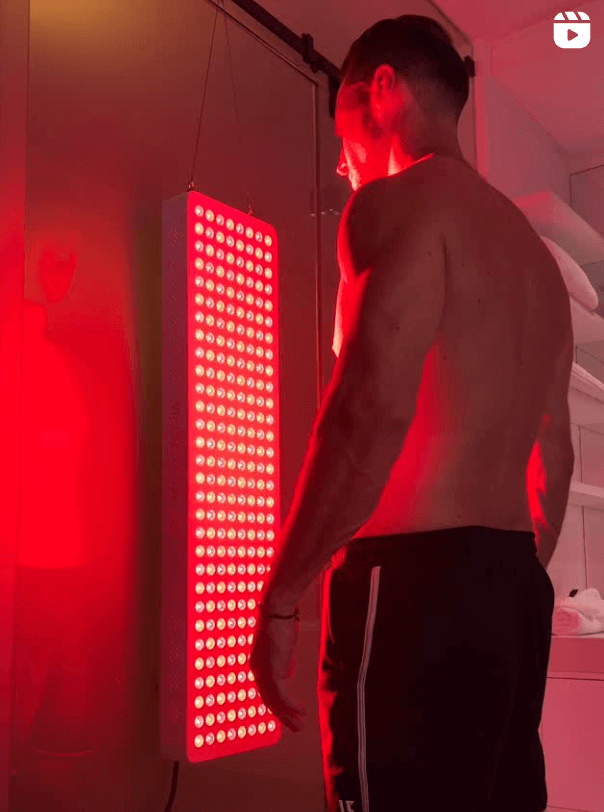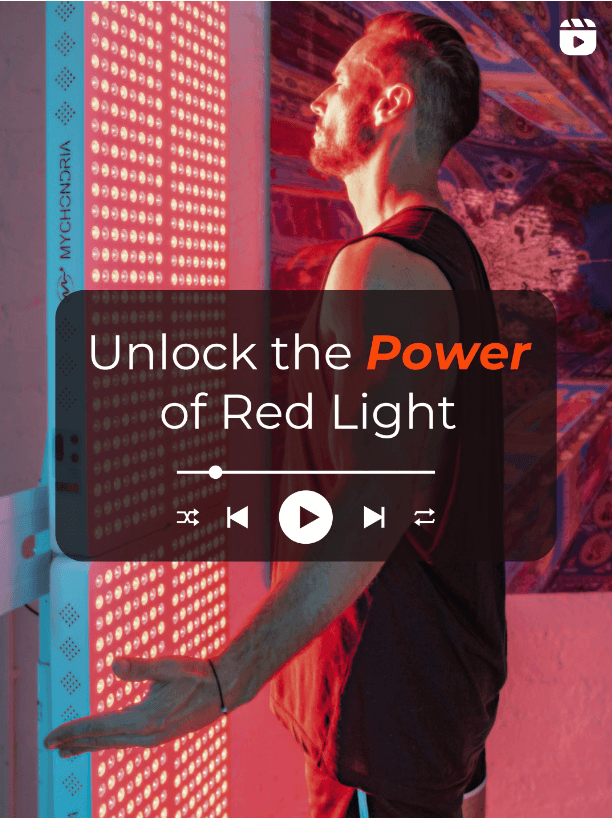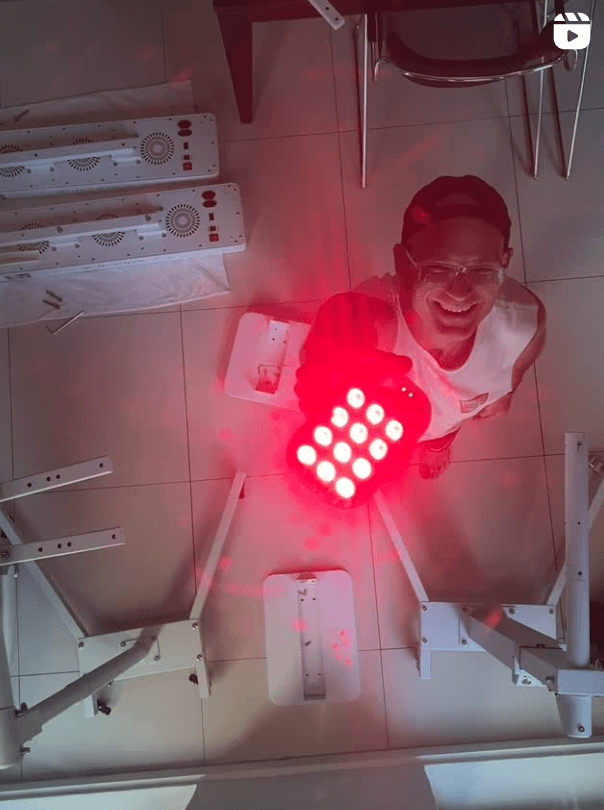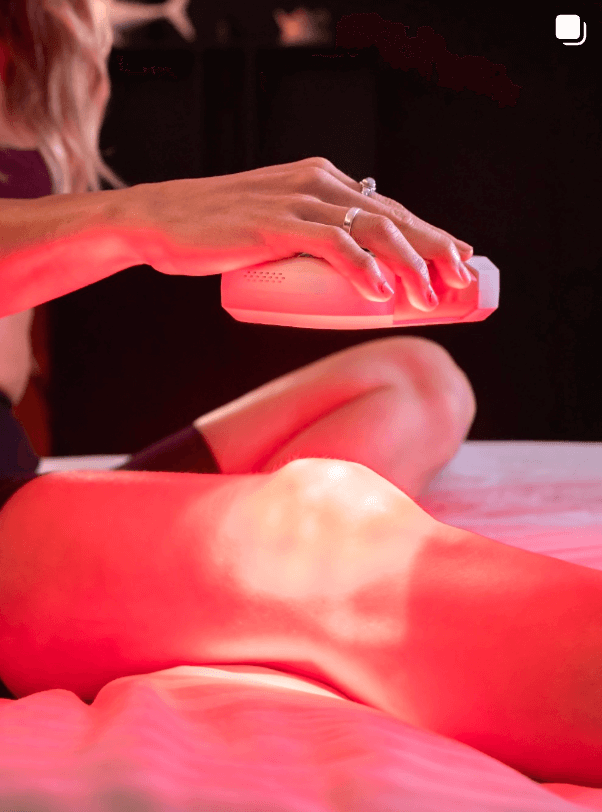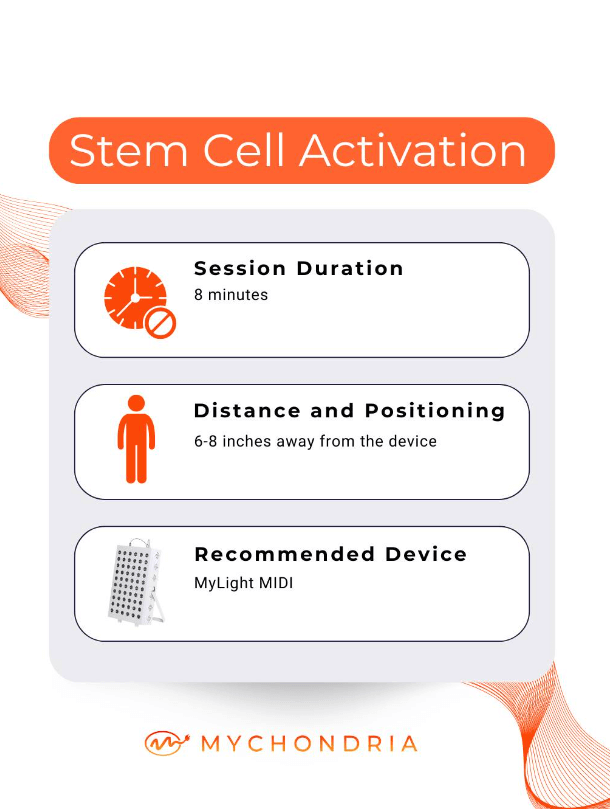Seasonal Affective Disorder (SAD), is a subtype of depression that occurs in a seasonal manner, mainly in the fall and winter.
Sometimes, it's called "winter depression" due to its prevalence during the colder, darker seasons.
Recently, there has been an increase in research regarding the relationship between red light therapy for seasonal affective disorders or depression.
Initially used in clinical settings, light therapy has now become accessible for home use, offering an intriguing option for individuals looking to combat the symptoms of SAD.
Today, we will learn how red light therapy for seasonal affective disorders works, and how effective it is for SAD or other depressive disorders. So, let's get started!
What is SAD or Seasonal Affective Disorder?

SAD is a type of seasonal depression that usually begins and ends at the same times each year, with symptoms peaking in the winter months.
SAD is more than just the "winter blues"; it is a recognized mental health condition that affects millions of people worldwide.
SAD is more common in women and usually starts between ages 18 and 30. People who live far from the equator, especially in northern regions, are at a higher risk of getting SAD.
For example, in the US, fewer people in Florida (1%) get Seasonal Affective Disorder (SAD) compared to Alaska (9%), while in the UK, 20% people go through winter blues, and 2% have SAD.
What are the Symptoms of Seasonal Affective Disorder?
The symptoms of SAD range widely. These include:
• Persistent sadness
• Low energy/mood
• Social withdrawal
• Irritability
• Oversleeping
• Overeating
• Difficulty concentrating
What is the Main Culprit Behind Seasonal Affective Disorder?
Sunlight exposure effects on our pineal gland to produce melatonin and serotonin in our body. These hormones maintain the body's circadian rhythm and have positive effects on the mind and body.
When your mind is doing well, your body is happy.
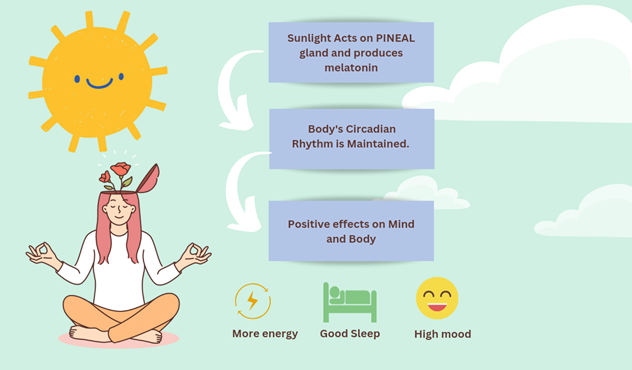
SAD is related to changes in sunlight exposure and how they affect the body's internal clock and various neurotransmitters.
During the summer season, sunlight naturally keeps the body's serotonin activity high. However, in the fall season, there's less sunlight exposure.
This reduced sunlight during fall and winter months can disrupt circadian rhythms and serotonin production, contributing to the onset of SAD symptoms.
How Does Red Light Therapy Actually Work?

Red light therapy influences your cells at a molecular level by targeting the mitochondria.
This light energy enhances mitochondrial function, leading to increased energy production. It also promotes healing and regeneration.
Red light therapy For Seasonal Affective Disorders – What Makes It Effective?
Seasonal affective disorders or other depressive conditions damage neurons and cause inflammation in the brain.
How does red light therapy improve SAD?
• Red light therapy helps your brain work better by boosting its ability to change and adapt (neuroplasticity), and reducing inflammation.
• The specific wavelengths used in this therapy also stimulate the production of adenosine triphosphate (ATP), which is essential for cellular energy.
• Additionally, by increasing blood flow to the brain, red light therapy improves the delivery of nutrients necessary for optimal brain function.
All these effects play a role in addressing the symptoms of SAD.
What Does The Research Say About Red Light Therapy For Seasonal Affective Disorder?
While the research is ongoing, some studies suggest that red light therapy may positively impact mood, by influencing neurotransmitters and neurochemical processes in the brain.
New research from 2018 showed that using natural light as a treatment for depression could be safe and effective.
In a study called the Elated-2 Pilot Trial, scientists tested light therapy on people with major depression symptoms for 8-weeks. They discovered that this light therapy had antidepressant effects and seemed to work quite well for people with major depression.
Most importantly, the patients in the study tolerated the natural light treatments well, and there were no negative side effects or reactions.
Conclusion
Red light therapy for seasonal affective disorders is a revolutionary advancement in the field of psychiatry. However, to address SAD comprehensively, it's important to adopt a holistic approach.
Combining red light therapy with lifestyle changes, including adjustments to diet, exercise, and sleep patterns can enhance the overall well-being of individuals with SAD.
References
- American Psychiatric Association. Diagnostic and Statistical Manual of Mental Disorders, Fifth Edition (DSM-5) Arlington, Va, USA. American Psychiatric Association. 2013.
- McMahon B., Andersen S., Madsen M., et al. P.1.i.037 Patients with seasonal affective disorder show seasonal fluctuations in their cerebral serotonin transporter binding. European Neuropsychopharmacology. 2014;24(supplement 2). p. S319.
- National Health Service. Seasonal Affective Disorder—Symptoms. United Kingdom Government website.
- Zauderer C., Ganzer C. A. Seasonal affective disorder: an overview. Mental Health Practice. 2015;18(9):21–24.
- Rosen, L. N., Targum, S. D., Terman, M., Bryant, M. J., Hoffman, H., Kasper, S. F., Hamovit, J. R., Docherty, J. P., Welch, B., & Rosenthal, N. E. (1990). Prevalence of seasonal affective disorder at four latitudes. Psychiatry research, 31(2), 131–144.
- Horowitz S. Shedding light on seasonal affective disorder. Alternative and Complementary Therapies. 2008;14(6):282–287.
- Hamblin, Michael R. Mechanisms of Low Level Light Therapy. Retrieved from Photobiology.info.
- Cassano, P., Petrie, S. R., Mischoulon, D., Cusin, C., Katnani, H., Yeung, A., De Taboada, L., Archibald, A., Bui, E., Baer, L., Chang, T., Chen, J., Pedrelli, P., Fisher, L., Farabaugh, A., Hamblin, M. R., Alpert, J. E., Fava, M., & Iosifescu, D. V. (2018). Transcranial Photobiomodulation for the Treatment of Major Depressive Disorder. The ELATED-2 Pilot Trial. Photomedicine and laser surgery, 36(12), 634–646.
- Salehpour, F., & Rasta, S. H. (2017). The potential of transcranial photobiomodulation therapy for treatment of major depressive disorder. Reviews in neurosciences, 28(4), 441–453.
